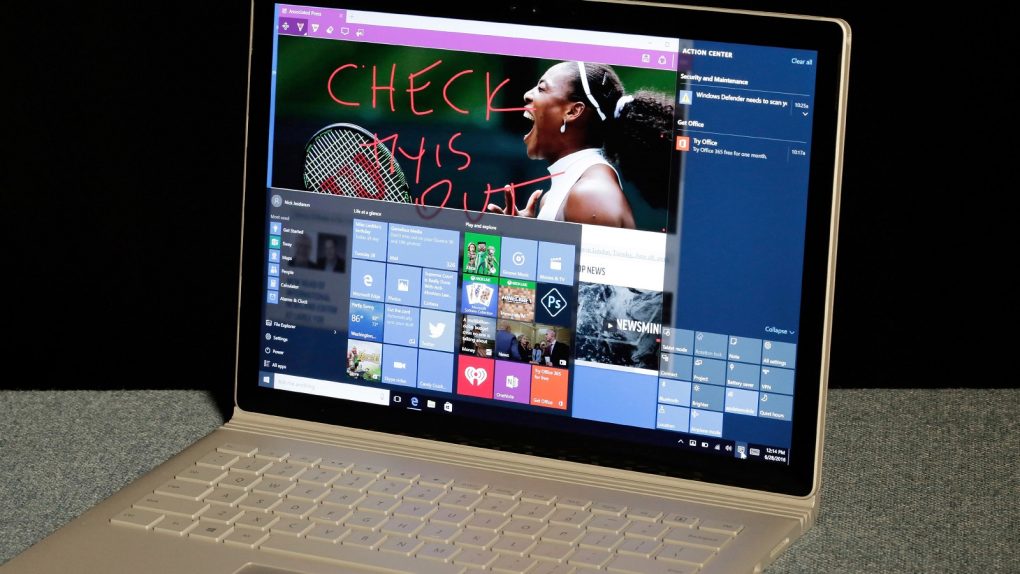- Microsoft released a new Windows 10 app called Windows File Recovery that can help you recover deleted files that you can’t find in the Recycle Bin.
- Microsoft says Windows File Recovery can recover photos, documents, videos, and more.
- You can download Windows Files Recovery free from the Microsoft Store right now.
Have you ever restarted a computer, performed an update, or simply clicked the wrong button and ended up deleting something you couldn’t afford to lose? Anyone who has ever operated a computer or a phone has likely been through this harrowing experience at least a handful of times, but there are tools that can help you to recover those files if you know where to look. Thankfully, the search just got much easier, as Microsoft quietly launched a file recovery tool of its own on Windows 10 a few days ago, and you can get it free on the Microsoft Store.
Before you rush to download it, you should know that it is not an app in the traditional sense. It’s a command line app that doesn’t have a user interface of its own, so you should definitely read the steps on Microsoft’s support site before you attempt to use it. But if you have lost a document, a photo, or a video on an internal drive, external drive, or USB device, it might be worth downloading Windows File Recovering and giving it a go.
Microsoft also explains that there are three modes that a Windows 10 user has access to in the app:
- Default mode: This mode uses the Master File Table (MFT) to locate lost files. Default mode works well when the MFT and file segments, also called File Record Segments (FRS), are present.
- Segment mode: This mode does not require the MFT but does require segments. Segments are summaries of file information that NTFS stores in the MFT such as name, date, size, type and the cluster/allocation unit index.
- Signature mode: This mode only requires that the data is present and searches for specific file types. It doesn’t work for small files. To recover a file on an external storage device, such as a USB drive, you can only use Signature mode.
“If you want to increase your chances of recovering a file, minimize or avoid using your computer,” Microsoft adds in a note on its support page. “In the Windows file system, the space used by a deleted file is marked as free space, which means the file data can still exist and be recovered. But any use of your computer can create files, which may over-write this free space at any time.” In other words, the sooner you use the tool, the better.
If you know your way around the Command Prompt, and you’re desperate to recover lost or corrupted data from your Windows 10 PC, this new, official solution from Microsoft should definitely be on your radar.








